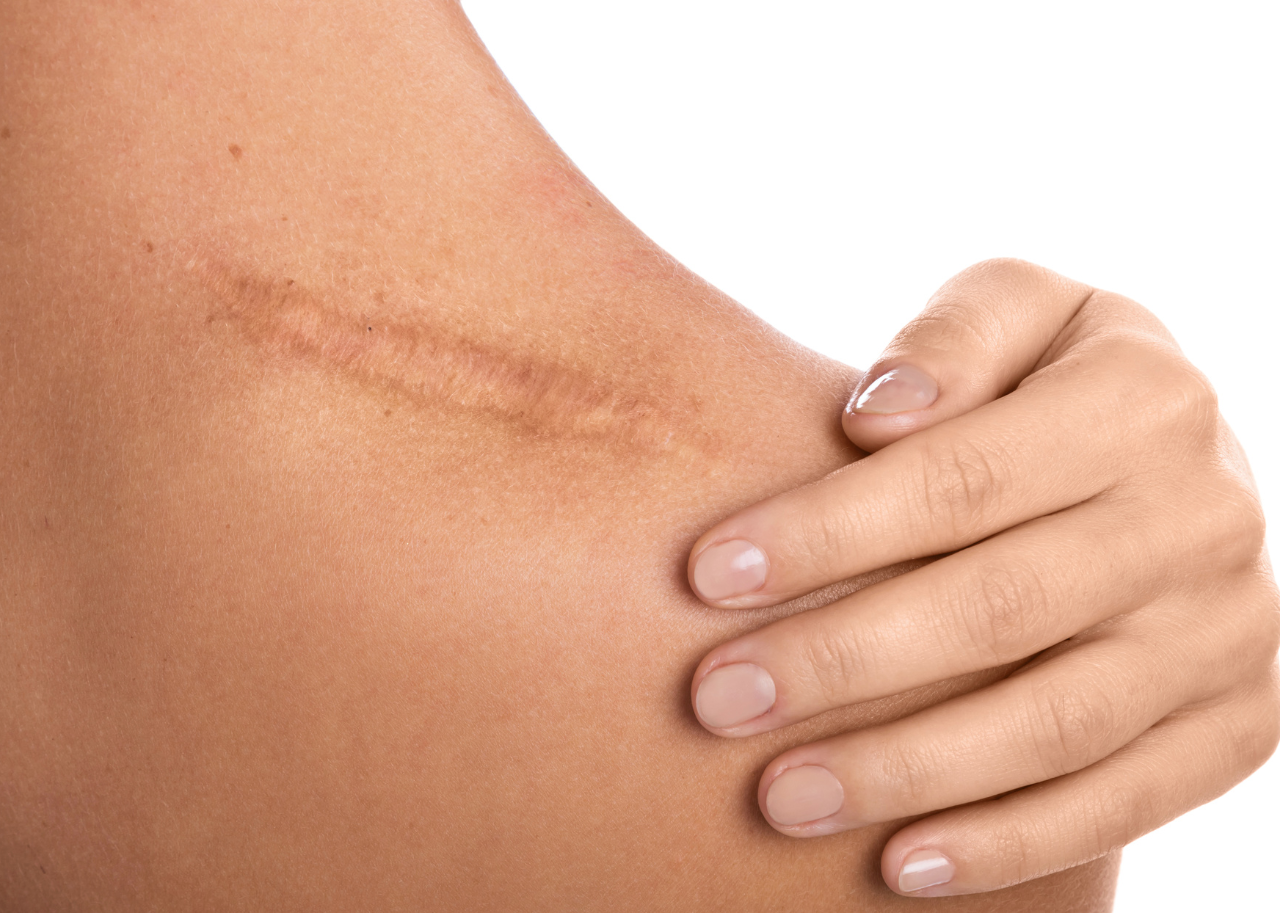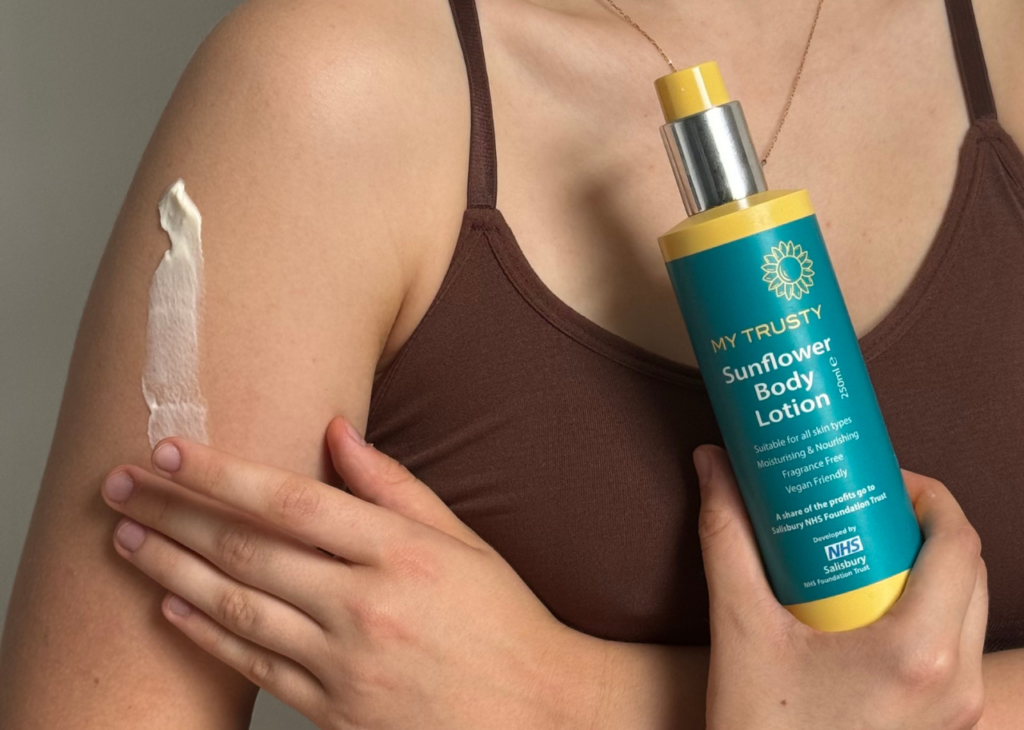Scarring is an essential part of the wound healing process that happens after surgery, burns, or trauma, as the body attempts to restore the skin barrier. Scars commonly mature into flat and pale scars. However, they can behave abnormally when they become hypertrophic scars or keloids. These scars are red, raised, and firm.

Hypertrophic scars
Hypertrophic scars remain within the area of the original wound, generally appearing within 4 weeks of the wound healing. These commonly appear flat, and pale and will mature over time, but this may take up to two to three years.
Keloid scars
A keloid scar will spread beyond the wound borders, generally appearing after 3 months but may take up to several years to grow. Keloids are more difficult to treat and are more common in darker skin types, these are now thought of as an extreme form of hypertrophic scar.
What causes abnormal scarring?
Abnormal scarring is more common for females and those patients of a young age. It will also depend on where the wound is on the body, how bad the wound was, and how long the wound took to heal.
Scars are often thought of as trivial, but they can be debilitating, disfiguring, and unpleasant to look at for the patient. They can be itchy, tender, and painful. Scars may make you anxious, depressed, and lose sleep. Your quality of life may also be affected by post-traumatic stress, loss of self-esteem, and embarrassment in social situations. Some scars require further surgery and hospital visits.
What can I do to look after my scar?
The most basic thing that one can do to look after newly healing skin, or scar tissue, is to regularly moisturise the area in order to keep it hydrated. This may help to improve both the look and quality of your skin. You should use a simple, aqueous moisturiser that suits both your skin and your budget. There is no clinical evidence that expensive moisturisers are any more effective.
Once the healing skin is no longer fragile and less red, gently massage the moisturiser into the area up to 2-3 times a day for a few minutes. This may help loosen the scar tissue and make the skin more supple. If the scar is becoming firm, massage may involve medium to firm pressure in small circular movements over the area. It is very important that the skin is cleansed in between moisturising as a build-up of cream can cause skin irritation. White pimples, or blocked pores, may be seen.



